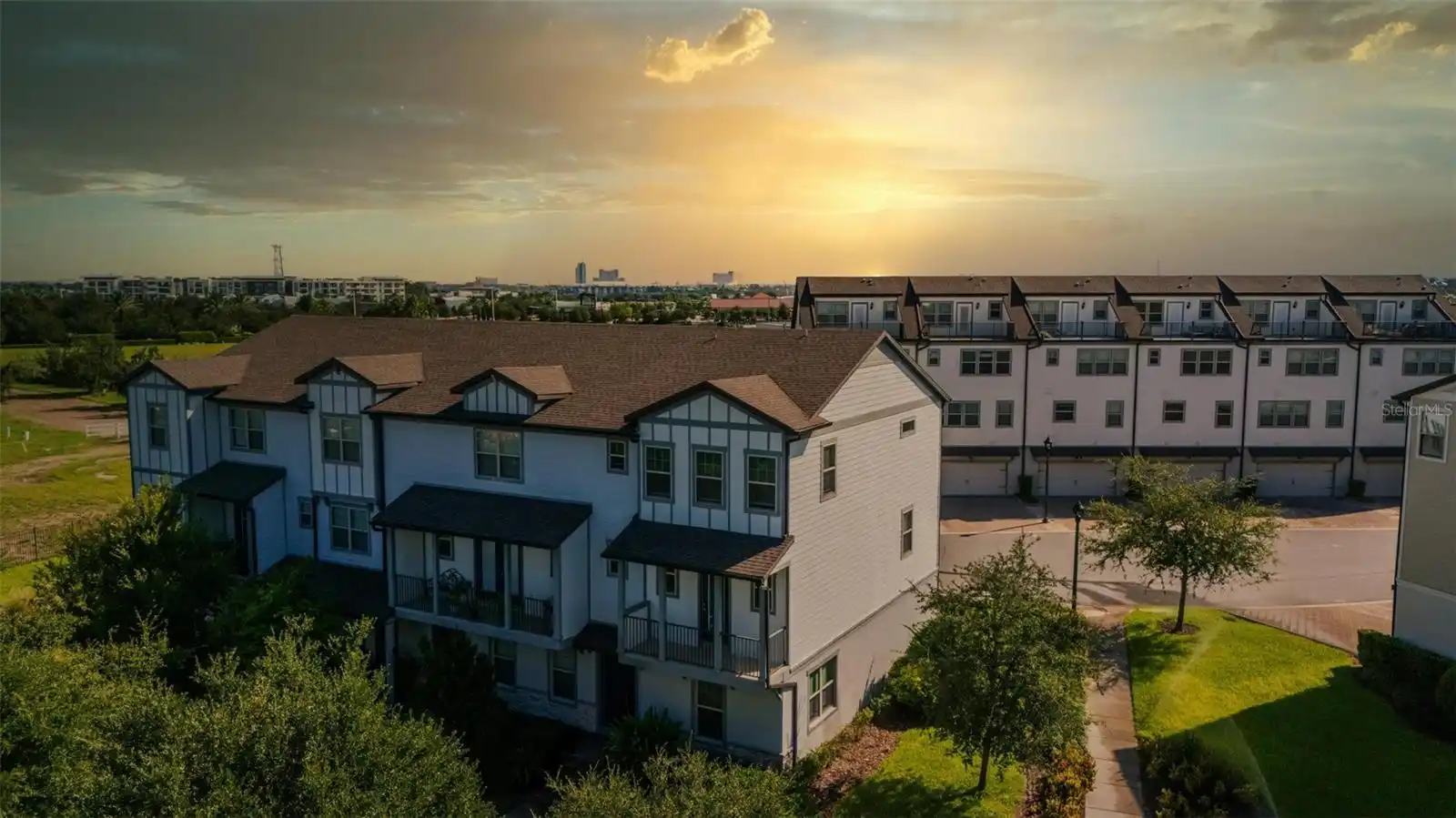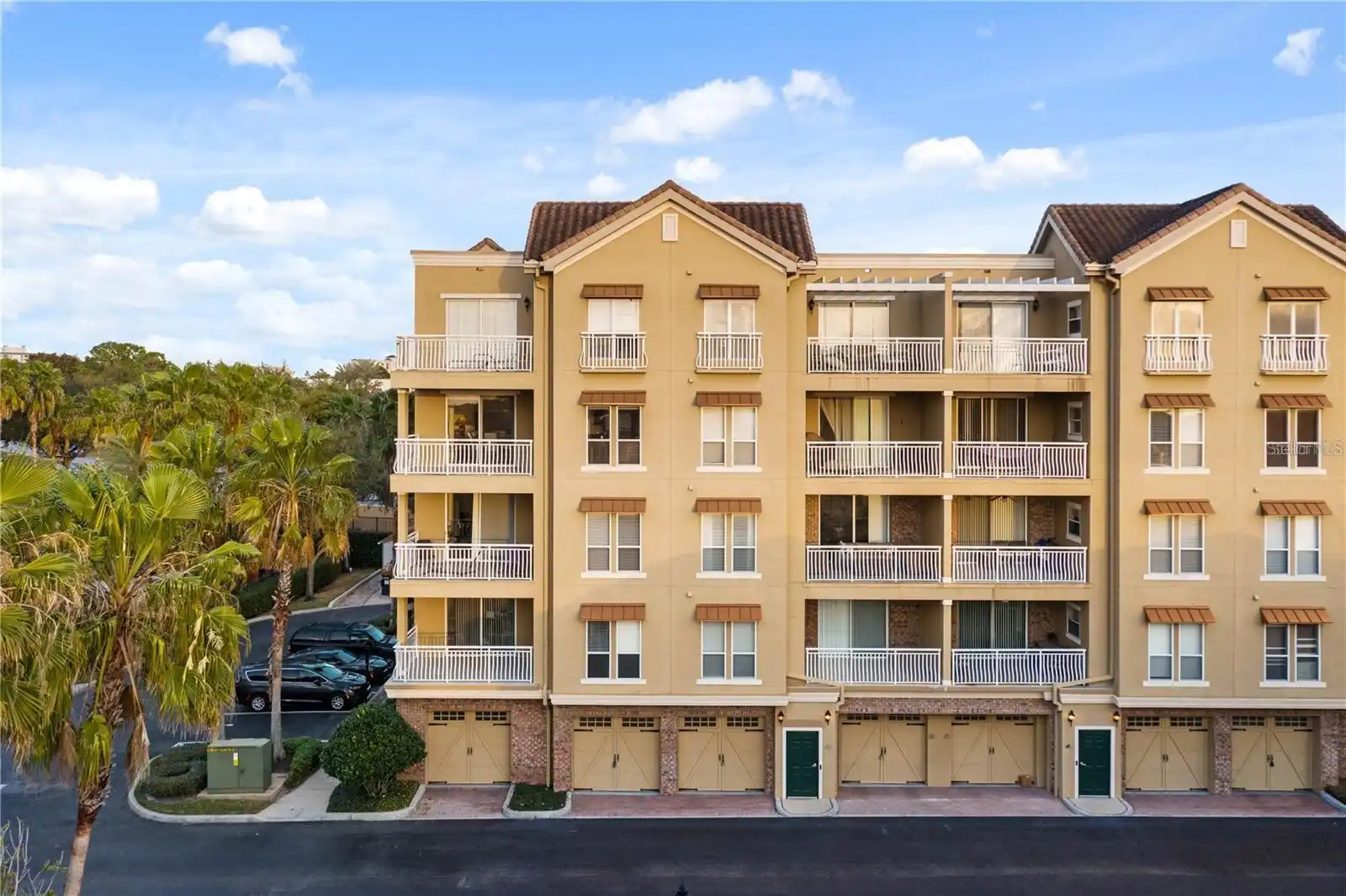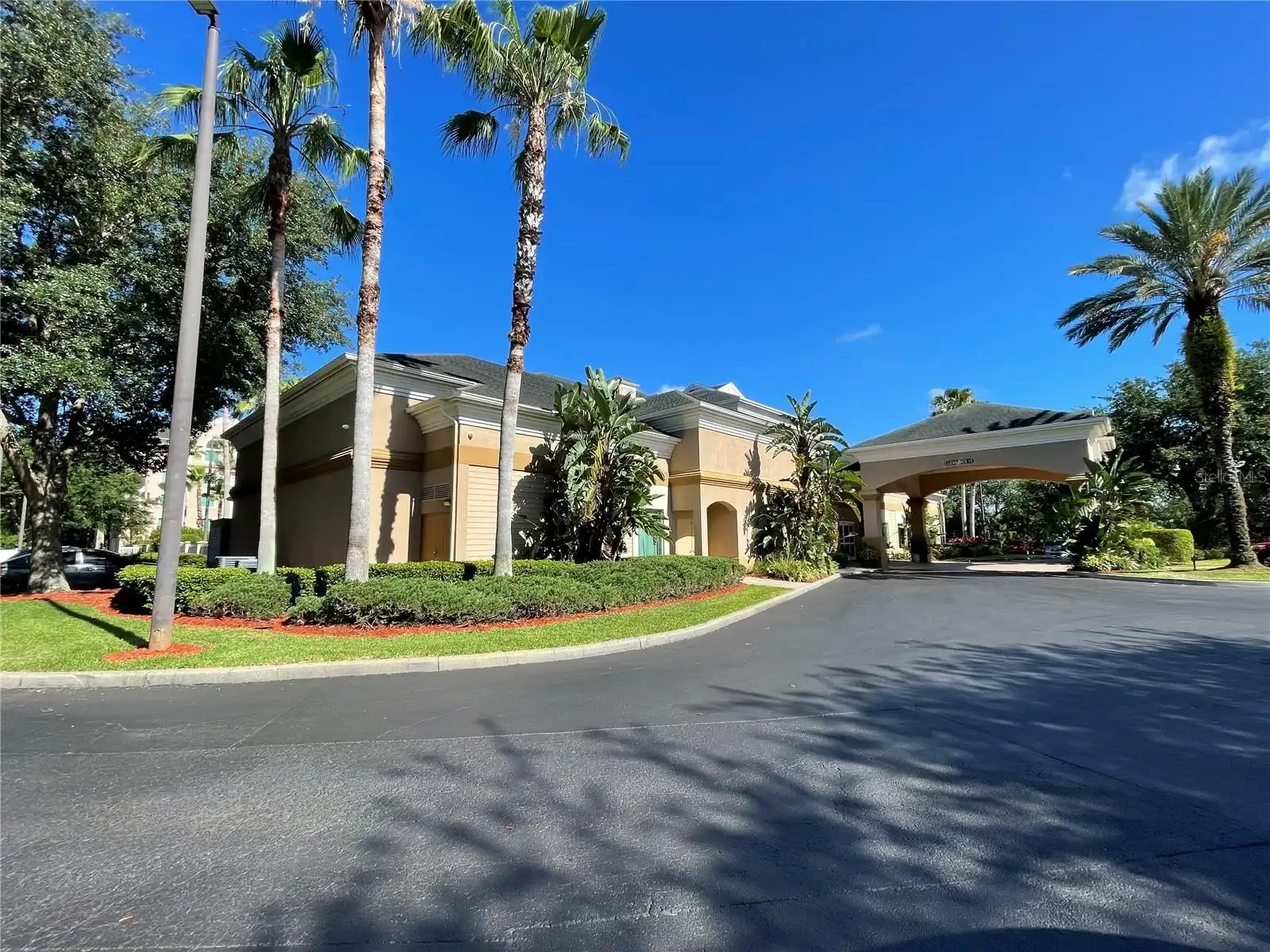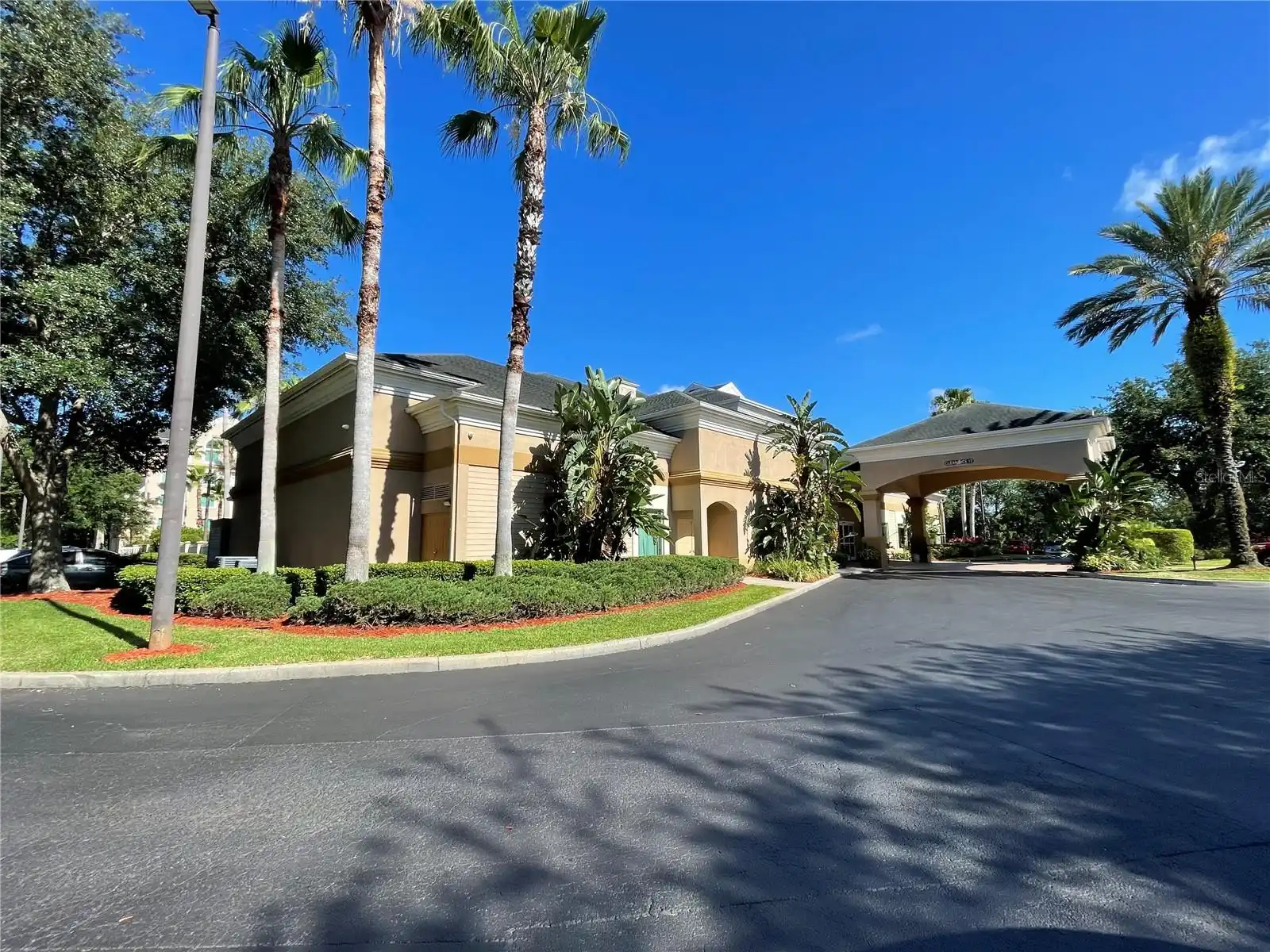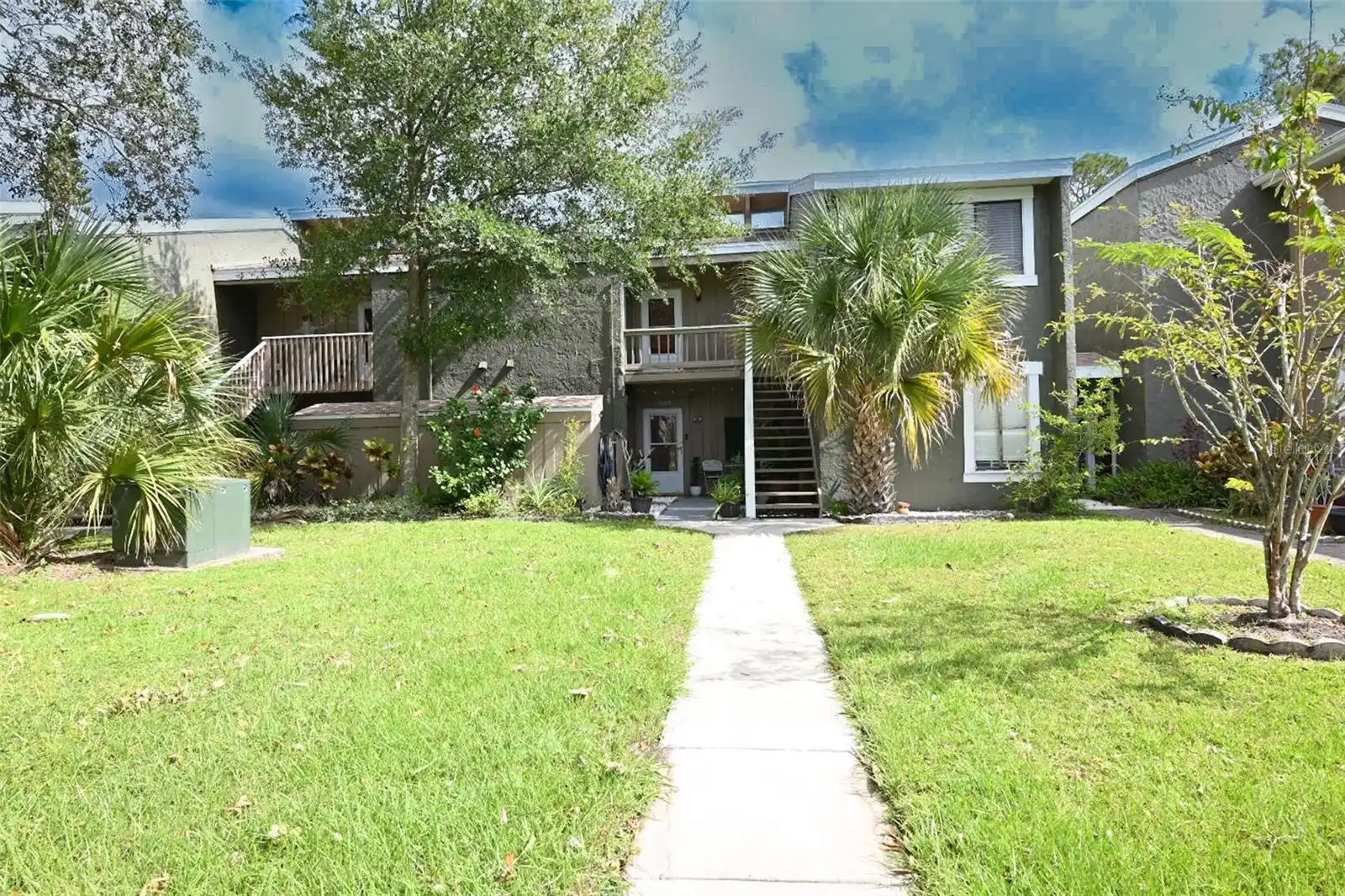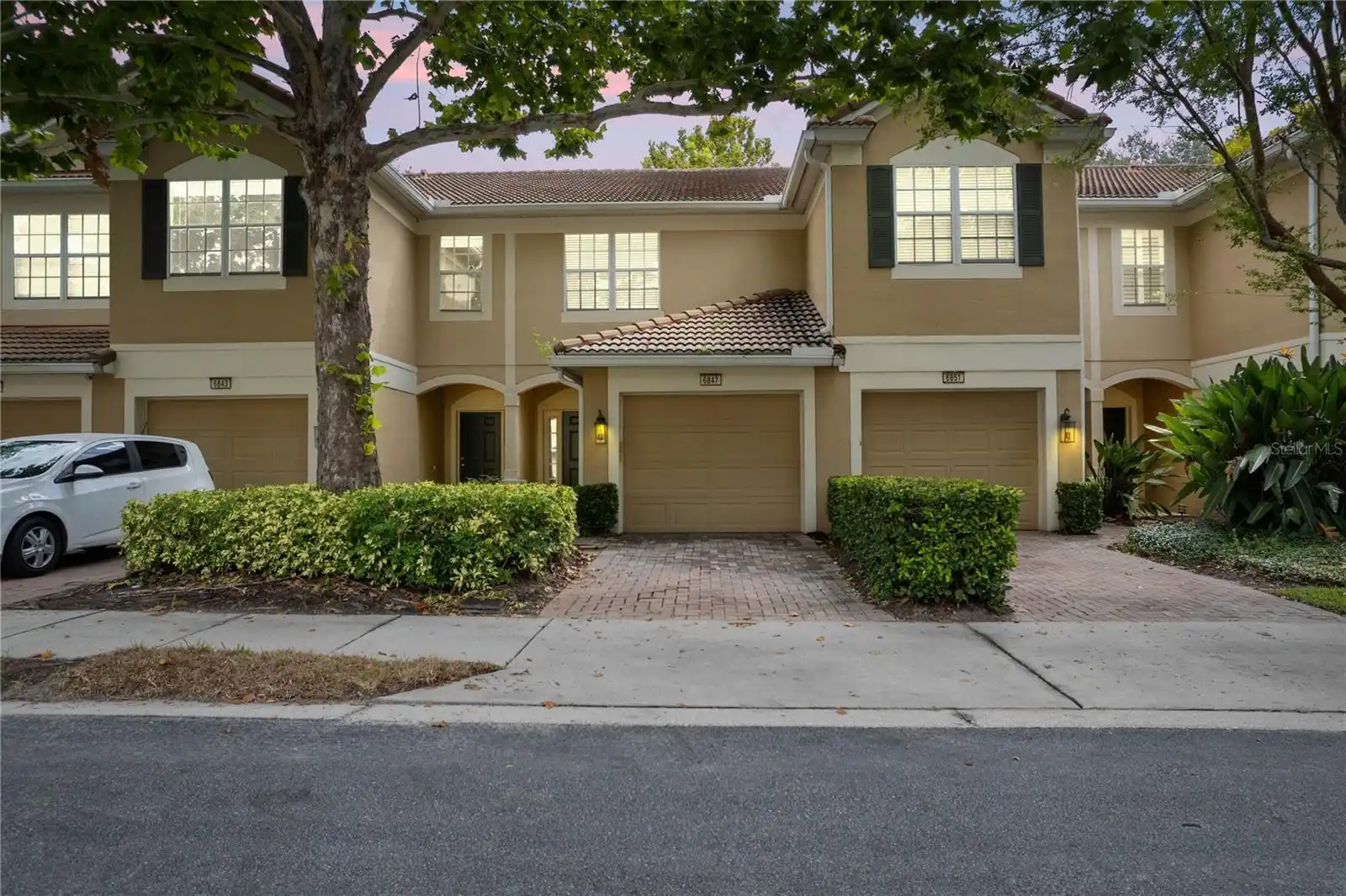Listing Search
WHAT IS SUPPLY AND DEMAND IN REAL ESTATE | 32819 | 32836 | Dr. Phillips
WHAT IS SUPPLY AND DEMAND IN REAL ESTATE
Supply and demand in real estate refers to the relationship between the quantity of properties available for sale (supply) and the desire of buyers to purchase those properties (demand). Supply includes the total number of properties available in the market. Factors that influences supply include new construction, zoning laws, economic conditions and the existing inventory of homes. When supply is high, prices tend to stabilize or decrease.
Demand is the desire and ability of buyers to purchase properties. Demand can be influenced by factors such as population growth, interest rates, employment rates and consumer confidence. When demand exceeds supply, prices typically rise. The interplay between supply and demand determines market conditions influencing whether it's a buyer's market or seller's market. In a seller's market, demand outpaces home supply, leading to higher prices. In a buyer's market supply exceeds demand, resulting in lower prices and more negotiating power for buyers.
POPULATION GROWTH
Population growth significantly impacts the housing market in urban areas in several ways. As the population grows there is a increase in demand and more people need housing. This increased demand can lead to higher prices and more competition among buyers for available properties. Rapid population growth can outpace development of new housing, resulting in housing shortages. This can lead to higher rents and home pricing which making affordability a critical issue. To accommodate growing populations, urban areas may experience increased construction and development. This can lead to expansion of residential neighborhoods, mixed-use developments and infrastructure improvements.
Population growth brings diverse demographics, leading to varying housing needs. There may be a demand for different types of housing, such as affordable units, luxury apartments and family home's promoting developers to diversify their offerings. This diversify can displace lower-income residence on fixed income for elderly. This can reshape neighborhoods and affect community dynamics. This leads into transportation and infrastructure pressure. This can easily put a strain on existing infrastructure and public services such a transportation, schools, healthcare, hospitals and schools. This prompts urban planners to invest in improvements as soon as possible.
Overall, population growth tends to create both challenges and opportunities in the housing market, influencing pricing, availability and community development. See you trusted advisor for more details.
TRUSTED ADVISOR
As a trusted advisor, professional realtor and retired military veteran I am here to serve you in the Dr. Phillips and Central Florida housing market for the purchase or the sale of your home, whether it's a housing crisis or local housing market. In the absence of up to date and trustworthy information real estate decisions are increasingly driven by fear, uncertainty and doubt. We as trusted advisors drive the real estate community to ensure you are making the right decision.
Part of my job is to keep you informed and educated on the local housing market trends, pricing inventory level, buying and selling process to include common terms and videos. It is important to keep up to date on the housing market trends, don't get confused with the media, they talk national level, I can provide the most up to date local area data.
So don't let this shifting housing market delay your dreams, data reveals home values typically appreciate over time and that gives your net worth a nice boost. When you are looking for a home, look for a realtor with the heart of a teacher. If you are ready to start your journey, contact me today at 850 496-6412 to begin a new walk to homeownership and all your real estate needs. Referrals always welcomed.



